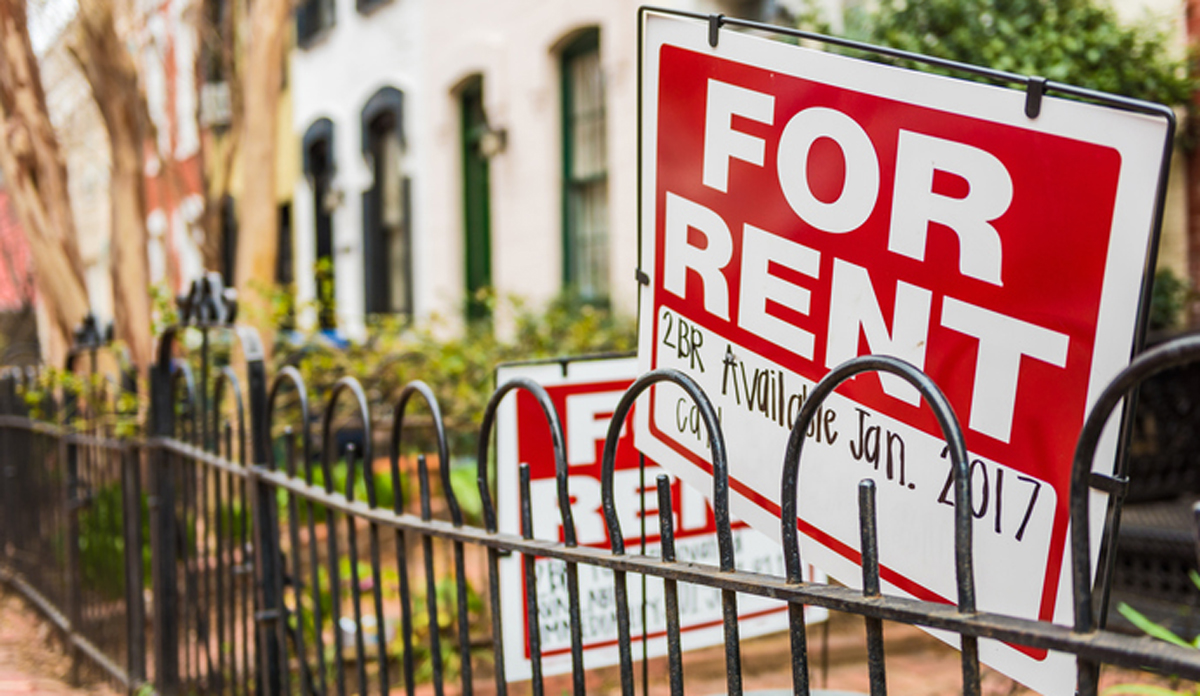Trending
Renters with kids face tight supply of family-sized apartments in Chicago: report
The region lost 157K family homeowners and gained 32K renters with kids from 2006-16

Developers in the Chicago region might not be building enough large apartments to accommodate the tens of thousands of families who have traded their mortgages for leases since the financial crisis.
The region gained a net of 32,000 renters with children under 18 between 2006 and 2016, while it lost 157,000 home-owning families — the third-most out of the country’s 30 largest metros, behind only Los Angeles and New York, a report from RentCafe said.
But just 34 percent of new apartments in buildings of 50 units or more in Chicago during that period were two-bedrooms or larger, a smaller proportion than almost any other city studied in the report, which overlays U.S. Census findings with data from Redfin and Yardi Matrix.
The region’s three-bedroom apartments outpaced smaller units in rent growth between June 2016 and June 2018, indicating potential “room for growth” in family-sized apartment construction, according to the RentCafe writer and researcher Nadia Balint.
“It’s hard to forecast demand, and the data only represents a small portion of the market,” Balint said. “But when three-bedrooms have the highest year-over-year rent increase for two years in a row, that’s a pretty good clue of where there may be some increasing demand.”
Skyrocketing single-family home prices make it easy to see why so many families are flocking to rentals, Balint added. Chicagoland registered a 49 percent hike in median single-family home prices between 2013 and 2018, while average apartment rents grew by just 23 percent during the same period.
The report shows a similar phenomenon playing out in cities all over the country.
About 3.6 million fewer Americans with young children owned homes in 2016 than did a decade earlier, representing a 14 percent drop, according to data cited in the report. During the same period, the nationwide number of renters with children jumped by 1.9 million, or 16 percent.
“When people’s kids have grown up and they leave the [home-owning] marketplace you’d expect younger families to move in behind them, but those families are increasingly renting instead,” Balint said. “A lot of it is the financial consideration of fewer people being able to afford a home, but another factor is the rising cost of childcare, and … younger generations are having children later.”
A Rentcafe report published earlier this month posted Chicago’s year-over-year median rent growth at 2.7 percent, slightly behind the national average.
A 2017 report by Fannie May showed that multifamily rents are flagging in the city of Chicago compared to other American cities, owing in part to Chicago’s relentless new construction coupled with a stagnating population.




